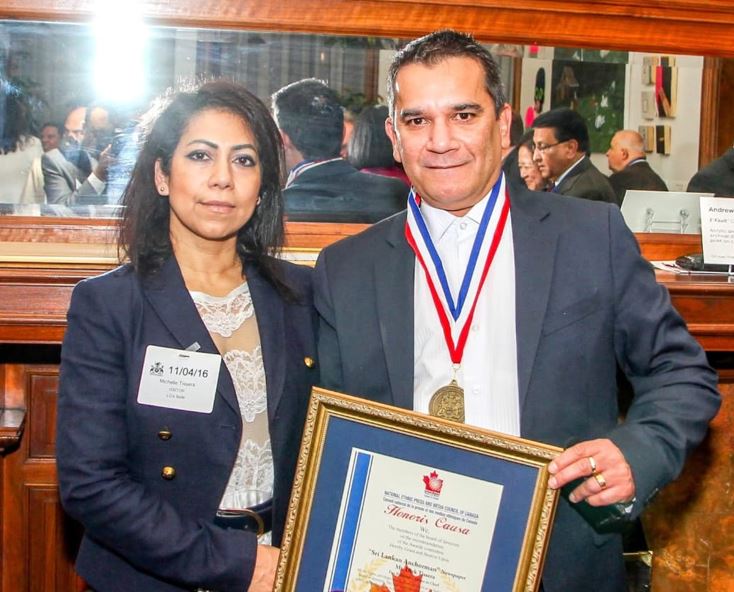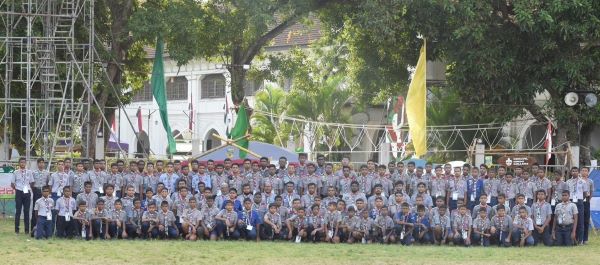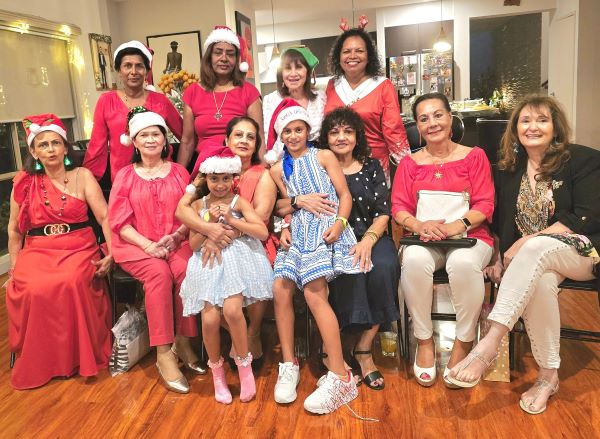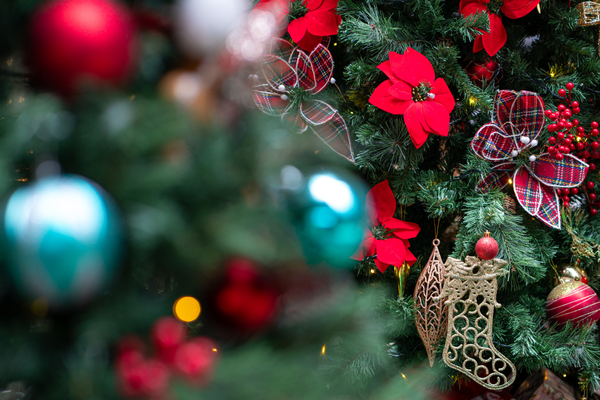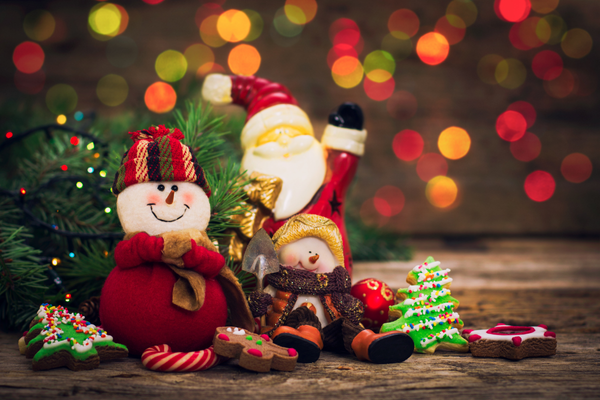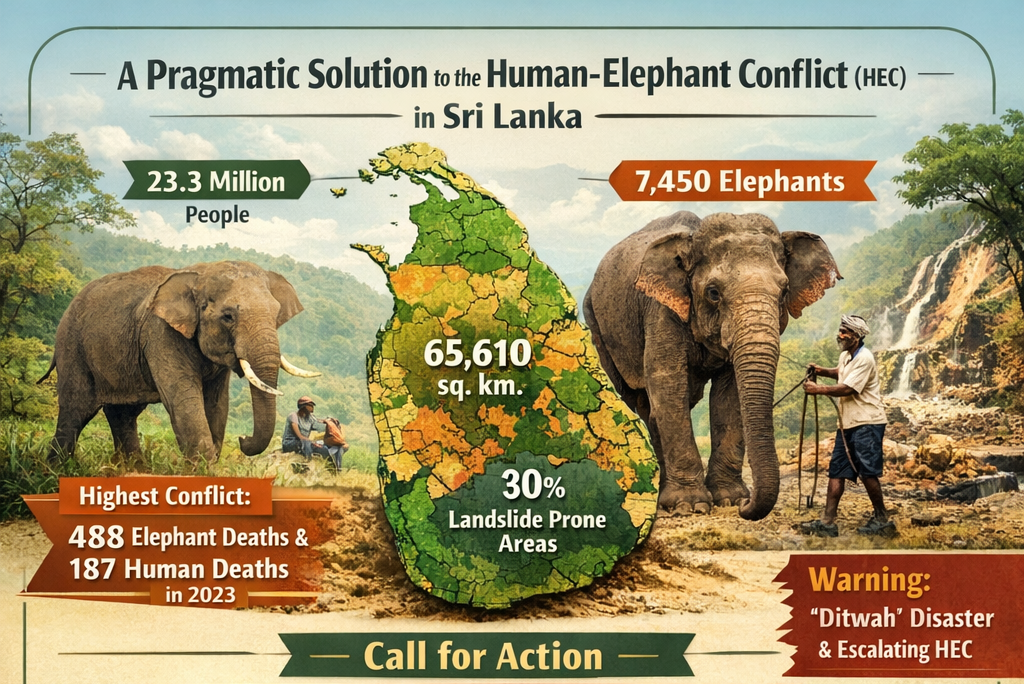Cultural Reflections: Relics, Rituals, and the Meditation on a Passing Era – by Bhanuka – eLanka
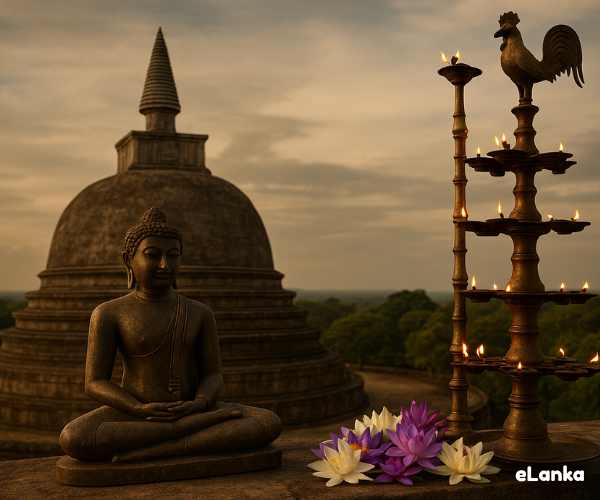
Sri Lanka is a land where culture, spirituality, and history intertwine in profound ways. For centuries, its people have drawn meaning from relics, rituals, and traditions that connect daily life to timeless values. Yet, as modernity accelerates and globalisation reshapes the way people live, questions arise about how these cultural treasures will be preserved and understood. Reflecting on relics and rituals is, in many ways, a meditation on a passing era — a recognition that traditions evolve, even as they remind us of what endures.
The Role of Relics in Cultural Memory
Relics — sacred objects, monuments, and artifacts — are central to Sri Lanka’s cultural identity. From the Temple of the Tooth Relic in Kandy, which houses one of Buddhism’s most venerated symbols, to ancient stone inscriptions in Anuradhapura and Polonnaruwa, relics hold both spiritual and historical power. They remind communities of faith, kingship, and resilience.
These objects are not merely items of the past; they are active participants in the present. Pilgrims flock to relics seeking blessings, tourists admire their craftsmanship, and scholars study them for clues about ancient civilizations. Each relic serves as a bridge between generations, carrying stories that might otherwise fade with time.
Rituals as Living Tradition
If relics embody the permanence of culture, rituals represent its continuity in motion. From the chanting of Pirith to annual processions like the Kandy Esala Perahera, rituals give life to beliefs and values. They offer a rhythm that ties the individual to the collective and the present to the past.
Daily practices, such as offering flowers and lighting oil lamps at temples, show how ritual is not confined to grand ceremonies. These simple gestures reflect gratitude, mindfulness, and a connection to something larger than oneself. For many Sri Lankans, rituals are moments of pause in a world of constant movement.
Meditation on Change
To meditate on relics and rituals is also to meditate on change. Some traditions remain vibrant, while others gradually fade. Younger generations often balance respect for rituals with the demands of modern education, careers, and global lifestyles. Festivals may be shortened, customs adapted, and ancient languages replaced by contemporary expressions.
This is not necessarily loss but transformation. A ritual can survive in altered form, carrying its essence into a new era. A relic may take on new layers of meaning when viewed not only as sacred but also as heritage to be conserved for cultural tourism. Meditation on a passing era, therefore, is not about mourning but about awareness — the recognition that change is part of continuity.
Relics and Rituals in Modern Society
The relevance of relics and rituals in modern Sri Lanka extends beyond religion. They play roles in:
-
National identity: Cultural traditions strengthen a sense of belonging across diverse ethnic and religious communities.
-
Tourism: Sacred relics, festivals, and rituals attract international visitors, contributing to the economy.
-
Education: Teaching history through rituals and artifacts makes learning tangible and connected to lived experience.
-
Global dialogue: In a world where heritage is under threat, Sri Lanka’s relics and rituals become part of conversations on preservation and cultural diversity.
Challenges of Preservation
Modern life poses challenges to both relics and rituals. Urban development, environmental pressures, and neglect threaten ancient monuments. Commercialisation risks turning rituals into performances stripped of meaning. Even as interest in cultural heritage grows, funding and proper care are often insufficient.
Preservation requires balance: protecting relics without freezing them in time, and nurturing rituals without reducing them to spectacle. This balance depends on community involvement, scholarly guidance, and national policy.
A Passing Era, an Enduring Legacy
The phrase “a passing era” does not imply disappearance but transition. Relics and rituals continue to inspire, even as they adapt. They remind us that human life is more than economic survival or technological progress; it is also about meaning, memory, and connection.
As Sri Lanka steps forward into a changing century, the task is not to hold onto the past rigidly, but to carry forward its spirit. Relics will still shine in the dim light of temples. Rituals will still echo in the chanting of monks and the laughter of children at festivals. What changes is the way each generation interprets them — and in this lies the enduring strength of culture.
Conclusion
Relics, rituals, and meditation on a passing era offer a mirror to society. They show what has been valued, how it has been remembered, and what is worth carrying into the future. In Sri Lanka, where culture and spirituality are deeply rooted, this reflection is especially meaningful.
To meditate on them is to understand that while eras may pass, the essence of culture — the quest for connection, harmony, and identity — continues. It is in that continuity that Sri Lanka finds both its heritage and its hope.



